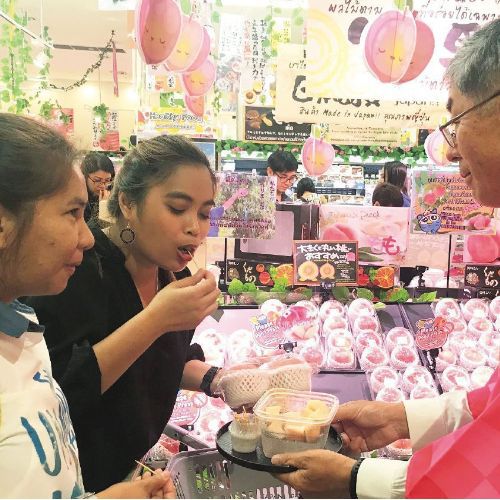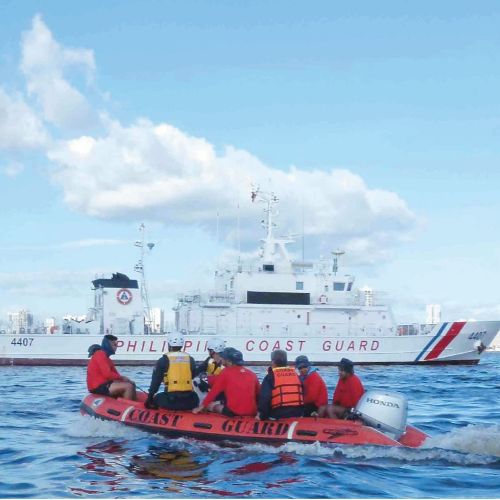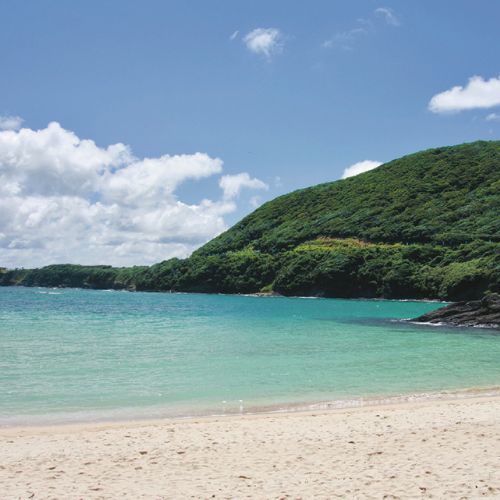Dasari Ramesh, who came to Toyama Prefecture from Andhra Pradesh State in India as a Coordinator for International Relations (CIR), is building a relationship of economic exchange between the two regions
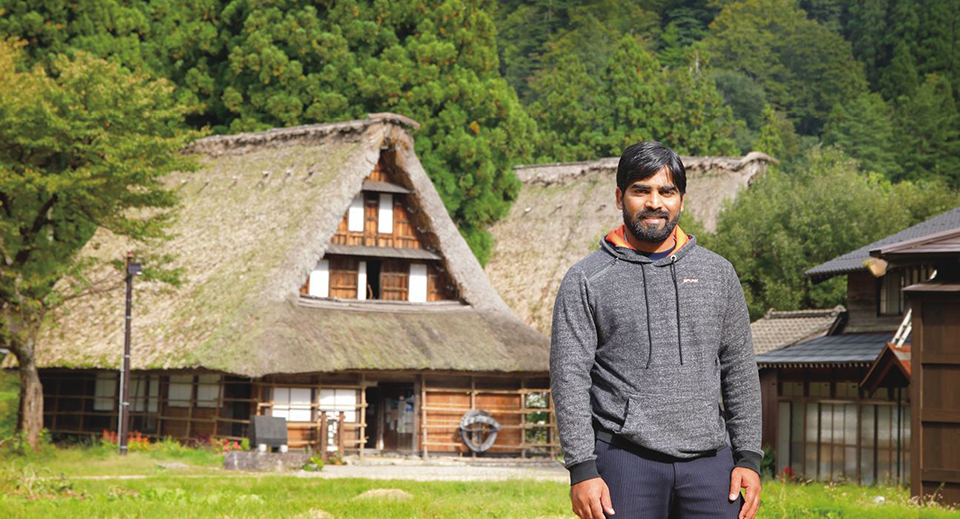
The Historic Villages of Shirakawa-go and Gokayama are a UNESCO World Heritage Site that retains traditional Japanese landscapes characterized by the houses with large, strong thatched roofs to withstand the heavy winter snows.
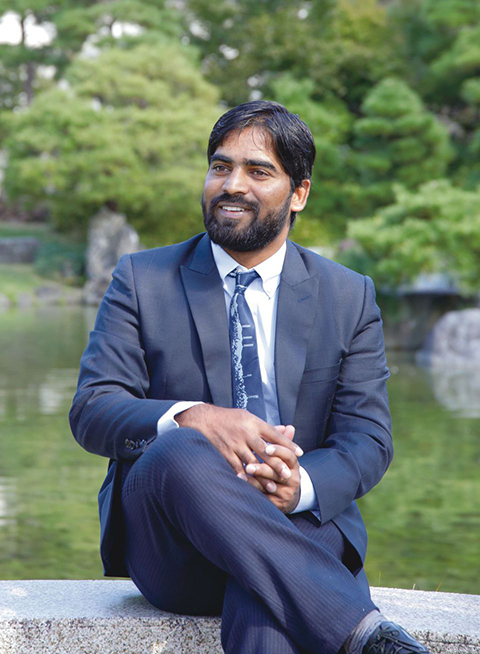
Dasari Ramesh
Born in Andhra Pradesh, India. He received a scholarship from the Government of Japan to study at Okayama University. After getting a job at an IT company and at a life insurance company in India, he applied for the JET Programme. Ramesh has been assigned to the Toyama Prefectural Government Office as a CIR since 2017.
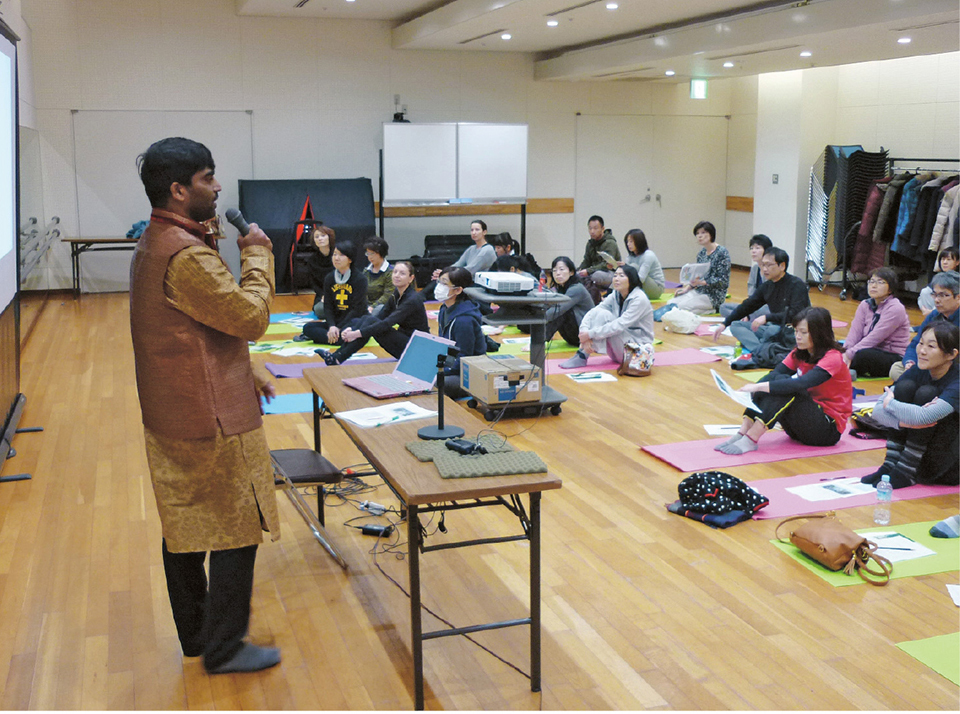
Loving both movies and dance, Ramesh gives lessons twice a month where he sometimes shows off his amazing Bollywood dance moves.
Working as a CIR at the Toyama Prefectural Government Office, Dasari Ramesh is from the state of Andhra Pradesh in southeastern India. In recent years, the state has seen fast-growing industries, especially with the IT industry, and has a high GDP growth rate even for India, where economic growth has been on a dramatic rise. Andhra Pradesh is also focused on biotechnology, coming to the fore as a center for the medical industry. Toyama Prefecture, which has a long history in the medical industry in Japan, and Andhra Pradesh, have been working together as business partners through these industries. A key player in all of this is Ramesh, who studied mathematics, physics and computer science at an Indian university and obtained an MBA. As well as interpreting for Indian people visiting Toyama on fact-finding tours and for training, he enjoys talking about the cultural aspects of the people of both countries.
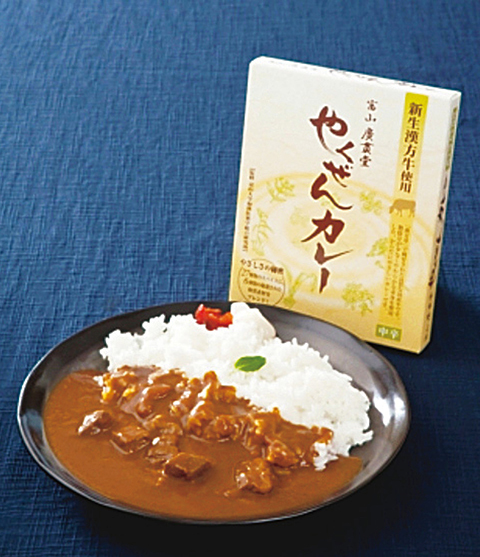
Popular in Toyama, well known for its medical industry, is a curry made with spices and Asian medicinal ingredients.
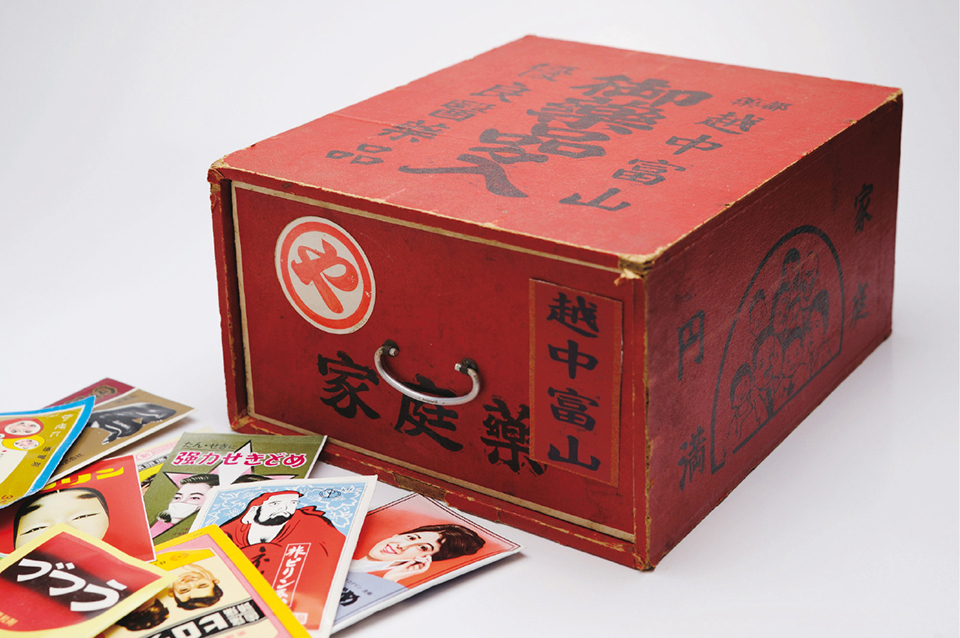
Toyama has traditionally been famous for the way it sells medicine in boxes, left at people’s homes. People pay only for what they use. From this system the Japanese word Sen-Yo-Ko-Ri (先用後利) was born. This translates as “benefit first, profit after,” and highlights Toyama’s management philosophy of prioritizing the benefit to the customer over profit-making.
“Andhra Pradesh is warm in the winter and sometimes reaches 45 degrees in summer. I was really surprised when I saw snow for the first time in Toyama. The winter cold is harsh in Toyama but with things like fresh seafood, the Tateyama mountain range, the Kurobe Dam, and UNESCO World Heritage Site of Gokayama, I was struck by the sheer beauty of the nature here. When I guide visitors from India along the Tateyama Kurobe Alpine route, all of them, who have never really seen snow before, are fascinated with the beautiful snowy landscapes of Tateyama. The towns and cities are clean and everyone is always smiling. I was a bit confused at first because just about everything is different to India, but now I feel like Japan is an easier place to live.”
Ramesh took an interest in Japan when he noticed that the cars and motorbikes he had been seeing and loved so much from an early age were made in Japan. He goes on to say that Indians have a great deal of confidence in Japan because they are exposed to Japanese products on a daily basis. “I knew that Japan had suffered in the war and yet the country was able to rebuild itself into a global economic power, so I thought that I wanted to learn more about Japan.” After getting his MBA, Ramesh studied Japanese and became even more interested in the country. It was at that time he heard about the JET Programme and applied to be a CIR. He was then noticed by Toyama Prefecture, which had been looking for people from Andhra Pradesh, to help with business exchange.
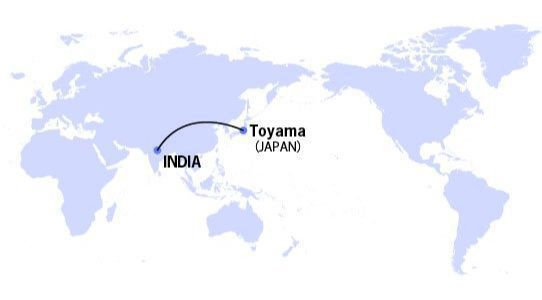
Now in his third year in Japan he has made friends with Japanese people in Toyama through his work. When invited to home parties Ramesh likes to take homemade curry made with spices from India. His curry made with seafood from Toyama is also a hit. “When you talk about India, most people think only of curry or yoga, so I like to tell them about the latest industries like IT and space technology, and the changing customs and culture.” Understanding the cultural divide between the people of Japan and India, with bright eyes Ramesh wants to deepen exchange between many more people in an attempt to bring them closer together.



























